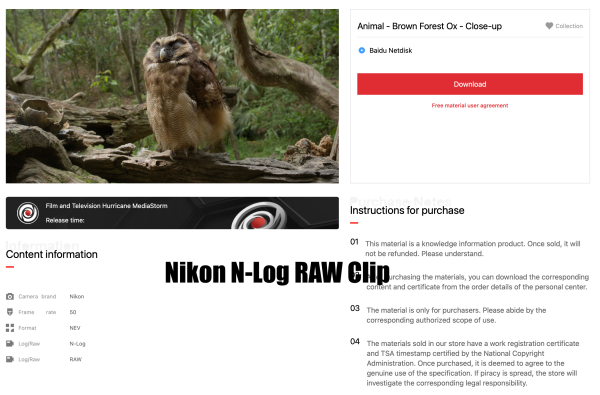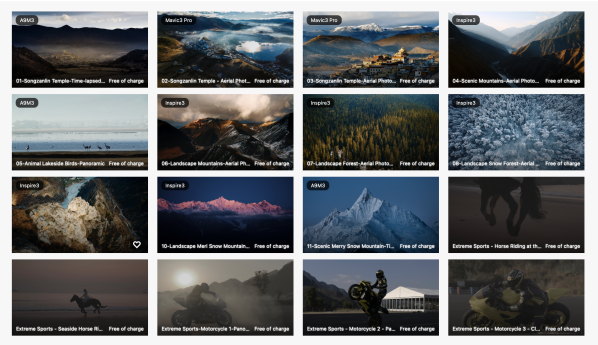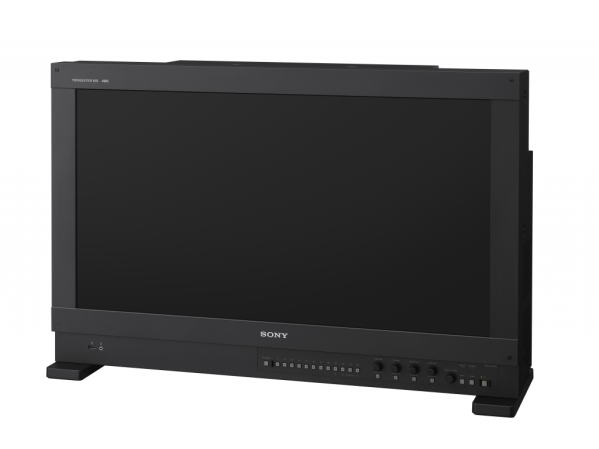Upgrade Internet Service If you've got a terminally slow internet connection, you might consider upgrading your service. The recommended speed for UHD is 15 Mbps or higher. Before upgrading service After upgrading service From a web browser Check Account Settings Go to Playback Settings and make sure Data Usage per screen is set for the... Continue Reading →
UHD: A Proposal For Eliminating Spatial Artifacts
https://youtu.be/15eAcoKnuwA One of the chief goals of UHD was to increase the field of view, providing a more immersive experience. The optimal distance for standard definition is 6 picture heights (PH), for HD, it's 3 PH and for 4K UHD it's 1.5 PH. Edward Reuss, in a paper published in the SMPTE Motion Imaging Journal,... Continue Reading →
The Worst Practice In The Industry, Revisited
“If you come to me tomorrow and you say ‘Hey, I’ve got an HDR project I’d love to grade with you,’ I’ll say ‘Okay cool’, and very early on in the process I’m going to say ‘Let’s set our speed limit in terms of luminance.’ And if you ask me for my take and you... Continue Reading →
Apple TV (3rd gen) Crackling Noises & Sony Bravia A95L
https://youtube.com/shorts/AJDws7yZBHM?feature=share We reached out to Sony concerning crackling sounds and audio dropouts when watching Netflix and Apple TV+ shows with the Apple TV media player. We also informed Sony that many others have experienced similar issues with Apple TV and different brands of televisions and that the problem might not be with our Bravia A95L.... Continue Reading →
Nikon to Acquire US Cinema Camera Manufacturer RED.com, LLC
Accelerating Expansion in Professional Digital Cinema Camera Market March 7, 2024 TOKYO - Nikon Corporation (Nikon) hereby announces its entry into an agreement to acquire 100% of the outstanding membership interests of RED.com, LLC (RED) whereby RED will become a wholly-owned subsidiary of Nikon, pursuant to a Membership Interest Purchase Agreement with Mr. James Jannard,... Continue Reading →
Calman Must Be Used On A Windows-Based PC
Apparently, Calman doesn’t work on Macs with Apple Silicon after all, though Bram Desmet (CEO, Flanders Scientific) says this configuration works for him in both Calman and ColourSpace: M2 Max. Sonoma 14.1.1. Parallels for Mac. Windows 11. Calman announced on back on Oct. 5, 2023: “While there are Apple Silicon specific versions of VMWare Fusion... Continue Reading →
My Adventure Downloading Free Sample Footage From MediaStorm
https://daejeonchronicles.com/2024/02/17/tons-of-free-sample-footage Check out our post about MediaStorm here In the morning, I went to the market, found someone who had WeChat, they scanned my QR code to verify me and I went ahead and followed MediaStorm on the app. Then I had a delicious bowl of crab noodle soup at the market. Later, I signed... Continue Reading →
Tons Of Free Sample Footage!
Can never get enough sample footage. The super generous folks over at the YouTube channel MediaStorm are offering an unprecedented amount at ysjf.com - much of it for free! https://youtu.be/sAWK0mgrMp4?si=_jz3rHyP00hOGV-stheb
You Won’t Believe How Much Sony Charges For These
Just as with the Venice, Sony sells licenses to unlock features on its high-end reference monitor, the BVM-HX3110, with one going for $2,500.
Is AV1’s FGS Suboptimal?
AV1 is of particular interest to the industry because it’s royalty-free; it offers better compression efficiency and takes up less bandwidth than HEVC; it suffers fewer instances of buffering and has improved video quality. However, we're primarily interested in the codec’s film grain synthesis, because as things stand now, film grain just looks like trash... Continue Reading →
What Is Judder Anyhow?
Apple Vision Pro will be the first home entertainment device offering Disney's HFR versions of James Cameron's movies at home. In the future, Pixelworks intends to establish a logo certification program for TVs and other consumer devices featuring TrueCut Motion, ensuring that devices like TVs play the HFR version of the movie exactly as intended,... Continue Reading →
Create Textural Depth Redux
From time to time, we go back and see if we can't improve upon some of the color grading techniques in the Monster Guide. This is an easier way to create textural depth. During an appearance on Cullen Kelly’s Grade School, the brilliant colorist Jill Bogdanowicz revealed a secret to accentuating texture without it looking... Continue Reading →
Perceptually Matching Displays In Post Production
https://youtu.be/aQ2jK13-P5U?si=ymgPsB_3_8eRCNIO David Abrams, along with colorist Josh Petok, demonstrates how to correct for observer metamarism. The shots they’re looking at are from “Meridian” (2016), a 4K 60p HDR test video with a peak brightness level of 4,000 nits created for Netflix in partnership with Sony, Dolby and RED Studios. The video includes old, grainy footage... Continue Reading →
2025 The Year Of Blue PHOLED
Whether you’re a colorist or videophile; whether purchasing your very first display or replacing an older one: if a new reference monitor or TV is not a top priority in 2024, you might be better off waiting until next year, when many analysts expect manufacturers to rush blue PHOLED, which should enter mass production this... Continue Reading →
YouTuber Makes Preposterous Claims Following Sony’s New MiniLED Event
A popular YouTuber, discussing Sony’s remarkable new 4,000-nit miniLED TV, makes the following outlandish claims: 1. Sony says that OLED isn’t good enough 2. Sony’s 4,000-nit miniLED TV has completely destroyed Korea’s OLED TV industry 3. Sony Pictures could dictate that colorists grade peak highlights to 4,000 nits 4. Netflix and Amazon could charge an... Continue Reading →
Run Calman On Mac: How To Install Fusion 13.5
Calman announced on back on Oct. 5, 2023, “While there are Apple Silicon specific versions of VMWare Fusion and Parallels, they rely on an ARM-specific build of Windows that lacks comprehensive driver support, impacting several devices Calman interfaces with. At this time Calman must be used on Windows-based PC.” VMWare Fusion 13.5, released just weeks after... Continue Reading →
Introducing Fusion 13.5 Pro and Player
For those who need to run virtual Windows on a Mac, there's been a pretty huge upgrade to VMWare Fusion. Major features include: All new Get Windows Feature for Macs with Apple silicon Download and install Windows 11 on the latest Macs with ease. VMware Tools on Windows 11 for ARM Drag-Drop, Copy-Paste, DirectX 11... Continue Reading →
Short Takes: “European Regulators Had Nothing To Do With USBC On The iPhone 15”
“I want to underline this: the European regulators had nothing to do with this (replacing the Lightning port with USBC on the iPhone 15). Apple had been going to USBC for years: they had moved their computers, they had moved their iPads - what they were doing is getting the EU to slow down. All... Continue Reading →








